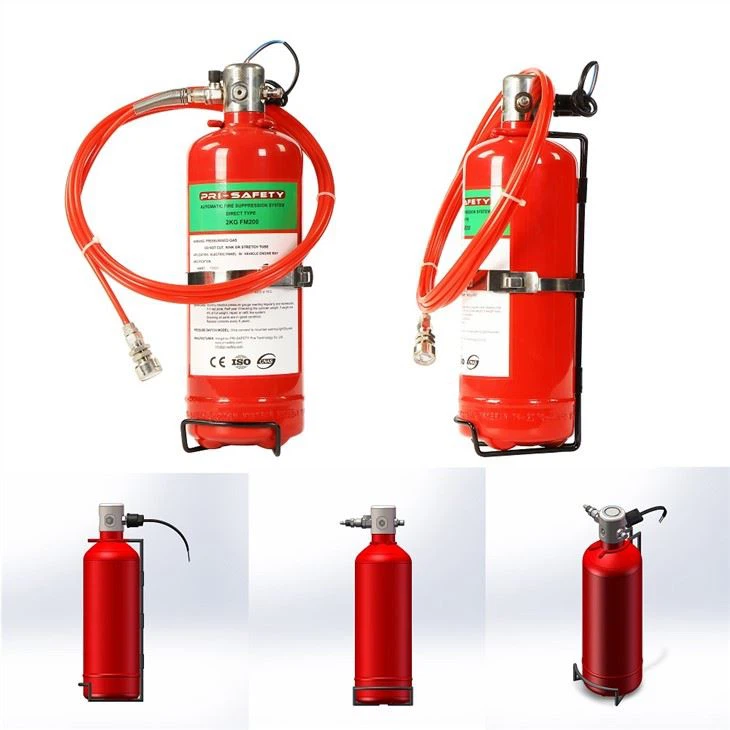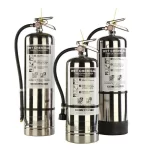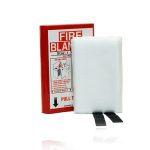Fire safety is a critical aspect of home and workplace safety, especially when it comes to electrical fires. An electrical fire can escalate quickly and poses unique risks due to the potential for electrical shock or secondary fires. Therefore, knowing how to use an electrical fire extinguisher effectively and safely is essential. This guide covers the types of extinguishers suitable for electrical fires, how to use them properly, and additional safety tips to ensure your preparedness in the event of an electrical fire.
Understanding Electrical Fires
Common Causes of Electrical Fires
Electrical fires often arise from overloaded circuits, faulty wiring, or malfunctioning appliances. These fires can occur due to a variety of reasons, including frayed cords, improper use of extension cords, or appliances left unattended. When these situations occur, the heat generated can ignite the surrounding material, leading to a potentially dangerous fire. Recognizing these common causes helps in taking proactive measures to prevent electrical fires before they start.
The Danger of Using Water
One of the critical points to remember about electrical fires is that water should never be used to extinguish them. Water conducts electricity, which increases the risk of electrical shock. Additionally, using water can spread the fire if it ignites nearby flammable materials. Understanding the dangers associated with electrical fires prepares you to take appropriate actions in emergency situations.

Choosing the Right Fire Extinguisher
Types of Fire Extinguishers
When dealing with electrical fires, the right type of fire extinguisher is crucial. The most effective option for electrical fires is a Class C extinguisher. Class C extinguishers are specifically designed to put out fires that involve electrical equipment. They usually contain non-conductive materials such as carbon dioxide (CO2) or dry chemical agents. Familiarize yourself with the type of extinguisher available in your home or workplace, as choosing the wrong one can have dire consequences.
Identifying Rated Extinguishers
Always check the label on the extinguisher for the appropriate classification. The label will clearly indicate if the extinguisher is suitable for electrical fires, typically marked with a “C” symbol. In some cases, you may find extinguishers that are rated for multiple classifications, such as A, B, and C, which provide more versatility. Knowing which extinguishers you have access to ensures that you are adequately prepared in case of an emergency.
Inspecting Your Extinguisher
Regular Maintenance Checks
Before a fire occurs, ensure that your fire extinguisher is in good working order. Regular maintenance checks help to verify that the pressure gauge shows the right charge level. If the needle is in the red zone, it indicates that the extinguisher needs servicing. Inspect the extinguisher for any visible signs of damage, such as dents, rust, or leaks. A damaged extinguisher may not work effectively when needed most.
Expiration Dates
Check the expiration date on your extinguisher. Most extinguishers have a lifespan of about 5 to 15 years, depending on the type and treatment. Replace extinguishers that are beyond their expiration date to ensure you have reliable protection. Many manufacturers provide specific guidelines for servicing, so consult those instructions if you are unsure of your extinguisher’s condition.
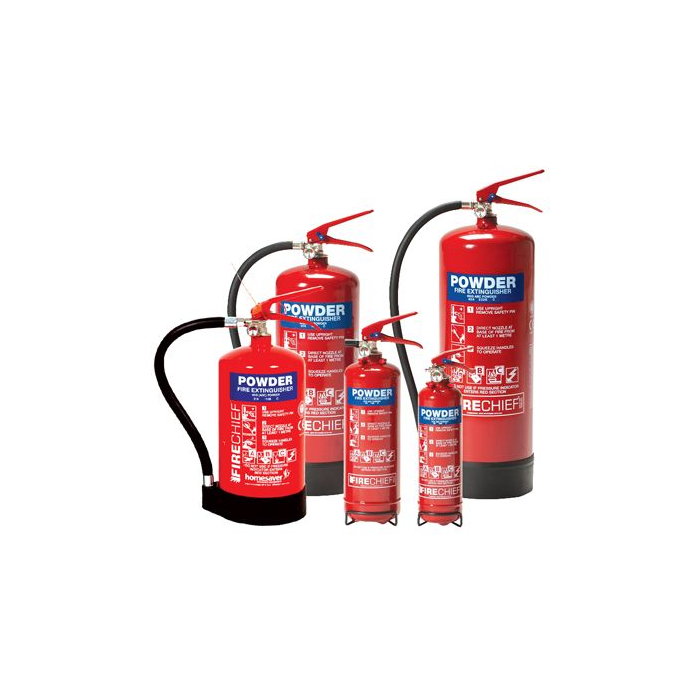
Using an Electrical Fire Extinguisher
The PASS Method
When faced with an electrical fire, remember the PASS technique for using a fire extinguisher effectively:
- Pull the Pin: Start by pulling the pin at the top of the extinguisher. This action breaks the tamper seal and allows you to use the extinguisher.
- Aim Low: Stand a safe distance away from the fire and aim the nozzle or hose at the base of the flames. Targeting the base ensures that you are extinguishing the fuel source.
- Squeeze the Handle: Squeeze the handle or lever to release the extinguishing agent. Use smooth, even pressure while maintaining your grip on the extinguisher.
- Sweep Side to Side: Move the nozzle from side to side at the base of the fire until it is completely extinguished. Keep your focus on the source of the flames, ensuring that they have been entirely put out.
Maintaining Distance
Always keep a safe distance when using a fire extinguisher, ideally about 6 to 8 feet away from the fire. If the fire begins to spread or if you find it increasingly difficult to control, do not hesitate to evacuate. Your safety is of utmost importance, and sometimes that means leaving the area rather than risking injury.
Additional Safety Measures
Calling Emergency Services
After extinguishing the fire, always call emergency services to report the incident, even if the fire seems contained or small. Firefighters may perform further checks to ensure there are no hidden hotspots that could reignite. They can also advise on any necessary repairs or inspections for electrical issues that may have caused the fire in the first place.
Preparing an Escape Plan
Be proactive by preparing an escape plan for your home or workplace. Ensure everyone knows the emergency exits and how to evacuate quickly. Regularly review and practice this plan with all members so they are familiar with it when panic sets in. Knowing how to escape safely can save lives in the event of an emergency.
Educating Others About Safety
Training and Awareness
Educate your family members or colleagues about the importance of fire safety, specifically regarding electrical fires. Hold regular training sessions that teach everyone how to use a fire extinguisher properly and how to recognize fire hazards in their environment. The more knowledgeable everyone is, the better prepared they will be in case of a fire.
Creating a Fire Safety Checklist
Consider creating a fire safety checklist to keep track of essential items. Include items such as extinguisher locations, inspection dates, and maintenance schedules, along with general fire safety tips. Regularly review this checklist to ensure all components are current and effective. A visual reminder promotes awareness and keeps safety at the forefront of everyone’s mind.
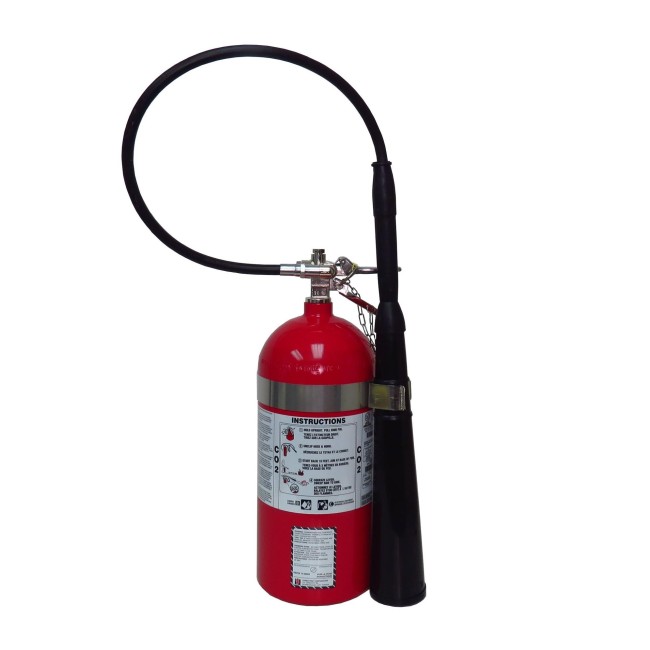
Prevention is Key
Recognizing Potential Risks
To reduce the chances of an electrical fire occurring, regularly assess your electrical systems and appliances. Look for signs of improper use or wear, such as frayed cords or overheating appliances. If you notice any potential hazards, take immediate action to resolve the issue.
Implementing Safety Practices
Implement safety practices like avoiding overloading outlets and using surge protectors for multiple devices. Ensure that electrical appliances are plugged directly into outlets and not daisy-chained with extension cords. Keeping electrical systems in good working condition minimizes the risk of electrical fires and creates a safer environment.
Staying Updated on Fire Safety
Fire safety is not a one-time effort; it is an ongoing commitment. Staying informed about the latest fire safety regulations, techniques, and advancements in fire extinguishing technology can enhance your preparedness further. Join fire safety workshops or community events that focus on fire prevention and response. Many local fire departments conduct educational programs that teach essential skills and offer resources that are invaluable in improving overall safety awareness.
Staying Prepared for Electrical Fires
Understanding how to use an electrical fire extinguisher safely is a crucial skill that can save lives and properties. By choosing the right extinguisher, inspecting it regularly, and following the proper usage method, you can effectively handle small electrical fires. Remember to prioritize safety above all else— evacuate if the situation escalates, and call emergency services when needed.
Educating yourself and others about electrical fire safety ensures that your household or workplace is prepared for the unexpected. Through vigilance and proactive measures, you can minimize fire risks and respond effectively when they occur. By remaining focused on prevention, education, and preparedness, you create a safer environment that promotes peace of mind for everyone involved.
